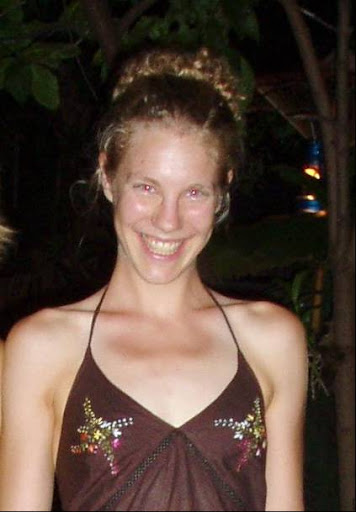Wednesday, November 28, 2007
Prepping for Bali COP13
The group has also set up a blog that will give a running commentary of the conference.
Among other things delegates at COP13 will be negotiating post-2012 climate change strategies. One strategy set to receive tons of press in the upcoming conference is REDD (Reduced Emissions from avoided Deforestation in Developing countries). In the past, countries have not been able to trade carbon credits in this category. Currently, tropical deforestation causes about 20% of greenhouse gas emissions. So REDD is a potentially important part of any future emissions reduction strategy!
Saturday, November 17, 2007
Data Entry Time!
I’m back in Pontianak for a couple of weeks to finish up with data entry, pack up my room, and say goodbye to everyone before heading to Bali for the UN COP13 on climate change. Life is boringly happy here, with lots of time at the gym, and hanging out with my ex-pat and Indonesian friends. Email will be easier from now on, thank goodness. Terima Kasih (thanks) to everyone who sent happy birthday wishes!
Tuesday, November 13, 2007
Birthday in Kalimantan
Today was one of the most memorable birthdays of my life. I woke up at
Dessy talked with the schoolmaster and arranged a evening big feast, and also extended invitations to all the important villagers – kepala desa, kepala dusun, Muslim leaders, village secretary, etc. I hung out in the village all morning, and in the afternoon walked to the mountains to check my email (my phone only receives a signal on the top of tall mountains…go figure). Of course all the villagers thought I was crazy to walk so far away alone (“weren’t you scared!?!), but it was quite nice to appreciate the rubber gardens, birds, and hills of Ketapang one more time before returning to more developed parts of the country/world. Unfortunately, the current frequent rains mean lots of mosquitoes, so my email checking was interrupted by frequent mosquito swatting.
After getting back to the village in late afternoon, I hung out with the village women and learned how to cook krupuk – dried tapioca deep fried in oil so that it puffs up. A uniquely Indonesian snack, krupuk comes in all shapes and sizes – we were cooking one with a flowery motif that came in a variety of colors. Unfortunately for me (but probably fortunately for health) I don’t enjoy krupuk, but it was fun to cook nevertheless.
The evening party started after the evening prayers, at about
After eating we just hung out, talked, and then (predictably) the photos started. I took a photo with most of the women and children in the house, before finally escaping around
Monday, November 12, 2007
Bayangan – The Last One
Our last village was perhaps the most simple of all the places we’ve been to. Named Bayangan, it is in the mountains above the Pawan river. Only one road runs through the village, and it is perhaps the worst road that I’ve seen thus far in
We arrived in Bayangan at about
Happily, because of the small population size and small land use footprint in Bayangan, we finished mapping Bayangan within a single day. Which means….drum roll please…that the mapping component of the field work is finished!!! Woohoo!!! The best birthday present I could ask for. I’m exhausted, but happy and amazed that we’ve been able to collect so much data. Tomorrow we start the three day process of going home.
Tuesday, November 6, 2007
Pegawai Negeri (Civil Servant) Tests
In
Monday, November 5, 2007
Telok Bayur
After a three-day rest in Ketapang, Dessy, Pita, and myself traveled up the
Bayur is our second-to-last study site (9/10), and possibly the most interesting study village I’ve yet encountered. Why? In Telok Bayur, an oil palm company has been operating for about 15 years. The village contains a factory, as well as barracks and houses to support the processing of fresh palm fruit into palm oil. Perhaps more impressively, the majority of the village area (more than 50%) is covered by oil palm plantation. Here, 20 meter oil palm plants create a dark, cool, and shady forest.
Instead of tramping around the forest every day, cutting our way through thorns and getting soaking wet in rivers, we drove around the plantation on motorbikes to complete the mapping exercise. Each morning from about
The most interesting thing I discovered is that villagers are so rich they are having rich peoples’ diseases! Instead of malnutrition and TB, present at most of our other study sites, this village suffers from health problems such as hypertension and diabetes. Villagers no longer have to do hard physical labor to earn a living, and they have more money to buy high-calorie, high-fat foods such as cakes, butter, chips, beef, and chicken. In this part of
Saturday, November 3, 2007
Ketapang Lagi
I am in Ketapang for about three days, to submit a grant application, catch up on sleep, and get away from the 24/7 attention that I get in the villages. Air conditioned hotel paradise with room service, woohoo!
